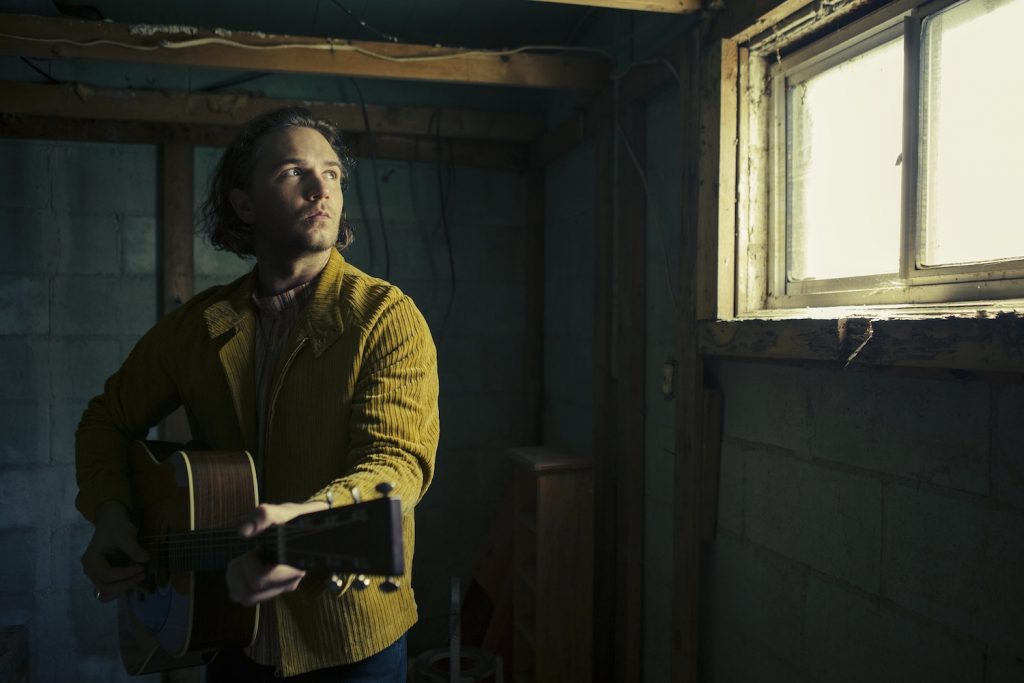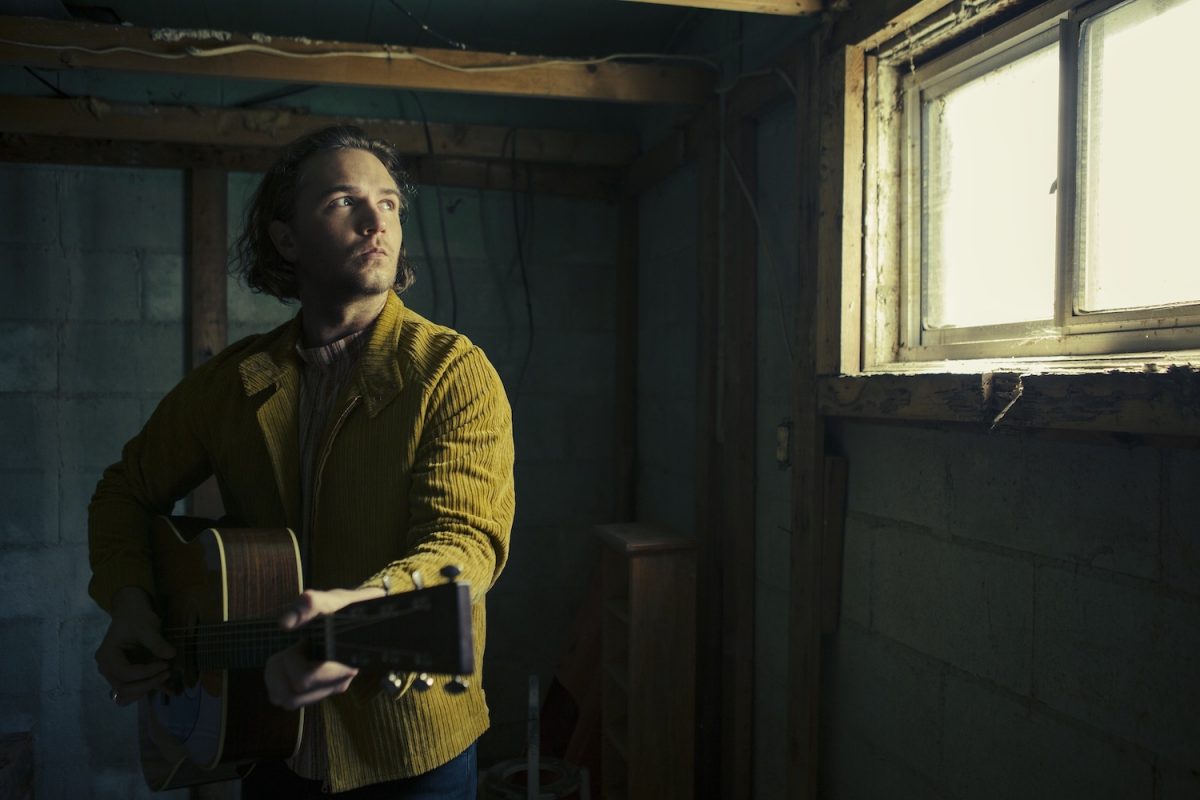
Ian Noe’s Between The Country received plenty of accolades back in 2019—and deservingly so. The low-key 31-year-old troubadour has a keen eye for detail and a poetic empathy for the plight of the lost souls who inhabit his rugged corner of eastern Kentucky. On the new River Fools And Mountain Saints (Thirty Tigers), Noe wisely sticks to the script, delving ever deeper into his hometown character studies as he humanizes the disenfranchised origins of blue-collar desperation, dysfunction and despair.
Recorded over two years at Nashville’s Bomb Shelter with producer Andrija Tokic (Alabama Shakes, Margo Price), River Fools And Mountain Saints is a concept album of sorts. Noe knew the title of the LP before he had the music, and natural disaster is the backdrop for its nagging existential angst—specifically the flooding that decimated the southeastern part of his home state in the winter of 2020. Where Between The Country was spare and a bit tentative, River Fools has the feel of a full-band album, though it stays true to the Appalachia-flavored country rock of Noe’s debut. Many of its dozen songs get a serious fleshing out thanks to a crack band that includes “Little” Jack Lawrence (Raconteurs) on bass and Derry deBorja (Jason Isbell & The 400 Unit) on keys.
We checked in with Noe at home in Bowling Green, where he was prepping to hit the road for the first time in 18 months. Like every other working musician on the planet, he’s itchy to get his new music in front of a live audience.
Were you satisfied with what you achieved on Between The Country?
It all fell into place like I wanted it to. I said all that I needed to say within that time frame. I didn’t want to go over 40 minutes. Some of my favorite records are 30 to 35 minutes long. When I was recording, I had two different titles for it. Then I was driving home from work one day from the oil fields, and there was a dead deer on the road that had just been hit. And I thought, “Well, that’s a sign.” The cover matched up perfectly with the content.
River Fools And Mountain Saints seems to have a more unified narrative.
There’s a lot of water all over my stuff. You have “River Fool” at track two and “Road May Flood/It’s A Heartache” at track 12—it’s all water. I stuck to that narrative and wrote a bunch of character songs around it. I wanted it to be broader, a little sunnier and definitely more up-tempo.
How did it go with producer Andrija Tokic?
I’ll be 32 in May, and I’ve been admiring him from afar for the better part of a decade. In my early 20s, I wanted to record this collection of war songs, and I thought it would be cool to do it in a place called the Bomb Shelter—as pretentious as that might sound.
How did the pandemic affect recording?
I was in Europe ready to get on my flight back home to the United States when the pandemic broke. It went so well, and I felt like I had some fire under the wheels. When I got back home, I had a full week booked at the Bomb Shelter to start recording. We got some ideas down, and then everything snowballed because of the pandemic. Recording turned into three- and four-day blocks over two years. I recorded and mixed Between The Country in just six days. Stuff that I wished I could do on that album I got to do on this one.
Was the writing easier or more of difficult this time?
It was pretty easy once I got “River Fool” written and saw where I was going with it. We actually recorded about 25 tracks. I have another record set aside called The Last Stampede. I’d like to put it out this year.
So there’s another 13 tracks out there? Are they vastly different?
Yeah. It’s the subject matter, which is the way I look it at now. When I was growing up and making bedroom recordings, I didn’t know what made Moondance so good from top to bottom. It took me forever to learn what a good record was. The Last Stampede is more of a worldview. It’s truly a pandemic record. It got pretty dark, and it wasn’t making me feel good. For my own sanity, I had to set it aside.
So what’s next?
Mainly, I’m just looking forward to getting back onstage. I played all of two shows last year.
There’s always a story to tell.
And it’s all about how you tell it. For me, I’m a melody person, first and foremost. It has to be the melody.
—Hobart Rowland






